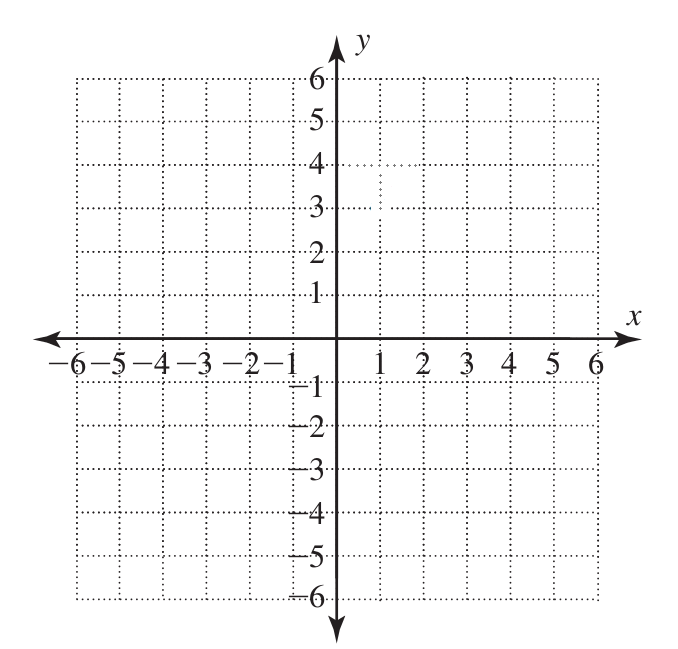The Easiest Example: $f(x)=|x|$.
Let's Graph it!
The Basic Absolute Value Function: $f(x)=|x|$

A Slight Variation: $f(x)=|x|-1$

Vertical Transformations
Another Slight Variation: $f(x)=|x+2|$

Horizontal Transformations
One More Slight Variation: $f(x)=2|x|$

Vertical Stretching and Shrinking
Applying Multiple Transformations
Example: Graph the absolute value function $f(x)=-0.5|x-2|+1$.
Note to self: Draw axes next to projected image.
Applying Multiple Transformations
Example: Consider the absolute value function we just graphed: $$f(x)=-0.5|x-2|+1$$ Find the following:
a. Vertex of the graph
b. Minimum/Maximum $y$-value of the function
c. The $x$-value at which the minimum $y$-value occurs
d. The $x$-intercepts and $y$-intercept
e. The domain and range of $f$.
f. Where $f(x)$ is positive and negative.
Question: How do we find all that stuff if we don't have a graph?
Option #1: use algebra!
Option #2: Graph the function first, then find all that stuff.
From Graph to Equation
Find the equation of the absolute value function $f(x)$ graphed below.
Application: When rolling a pair of dice, the probability that the sum of the numbers on those dice is $x$ is given by $$P(x)=\frac{6−|7−x|}{36},$$ where $x$ can be any integer from $2$ to $12.$ Evaluate and interpret the expression $P(7).$